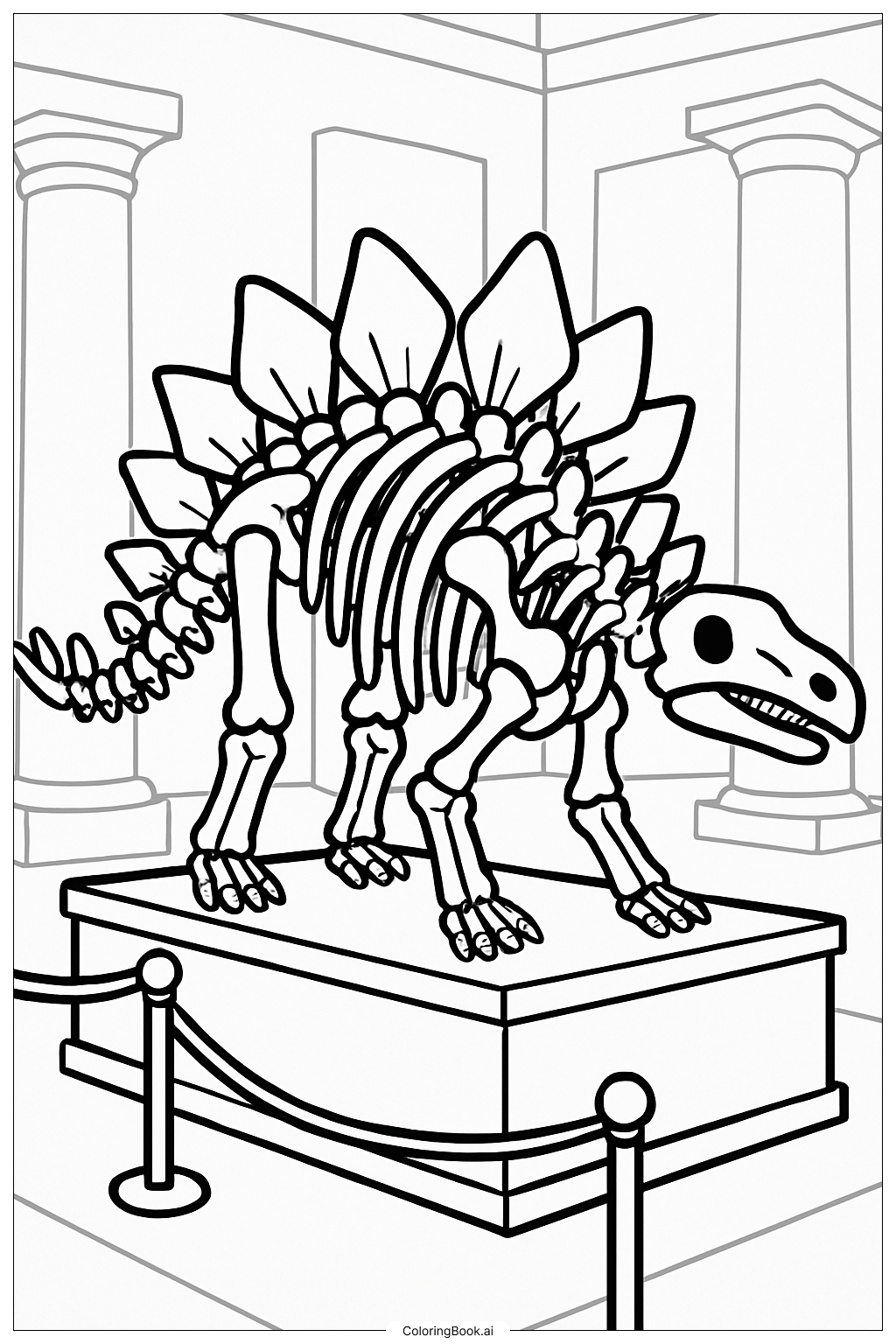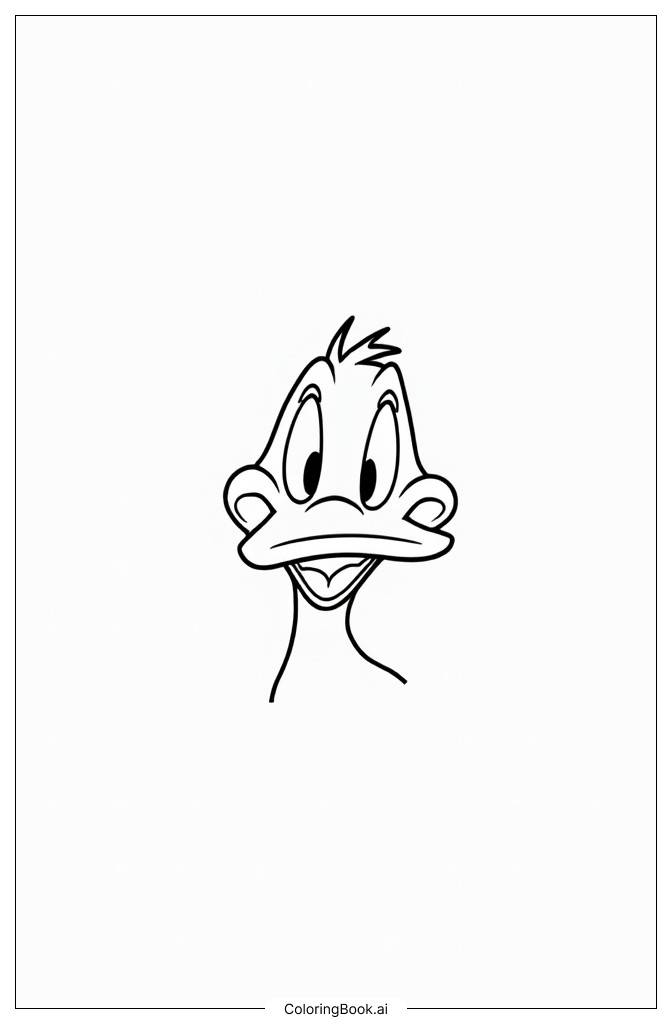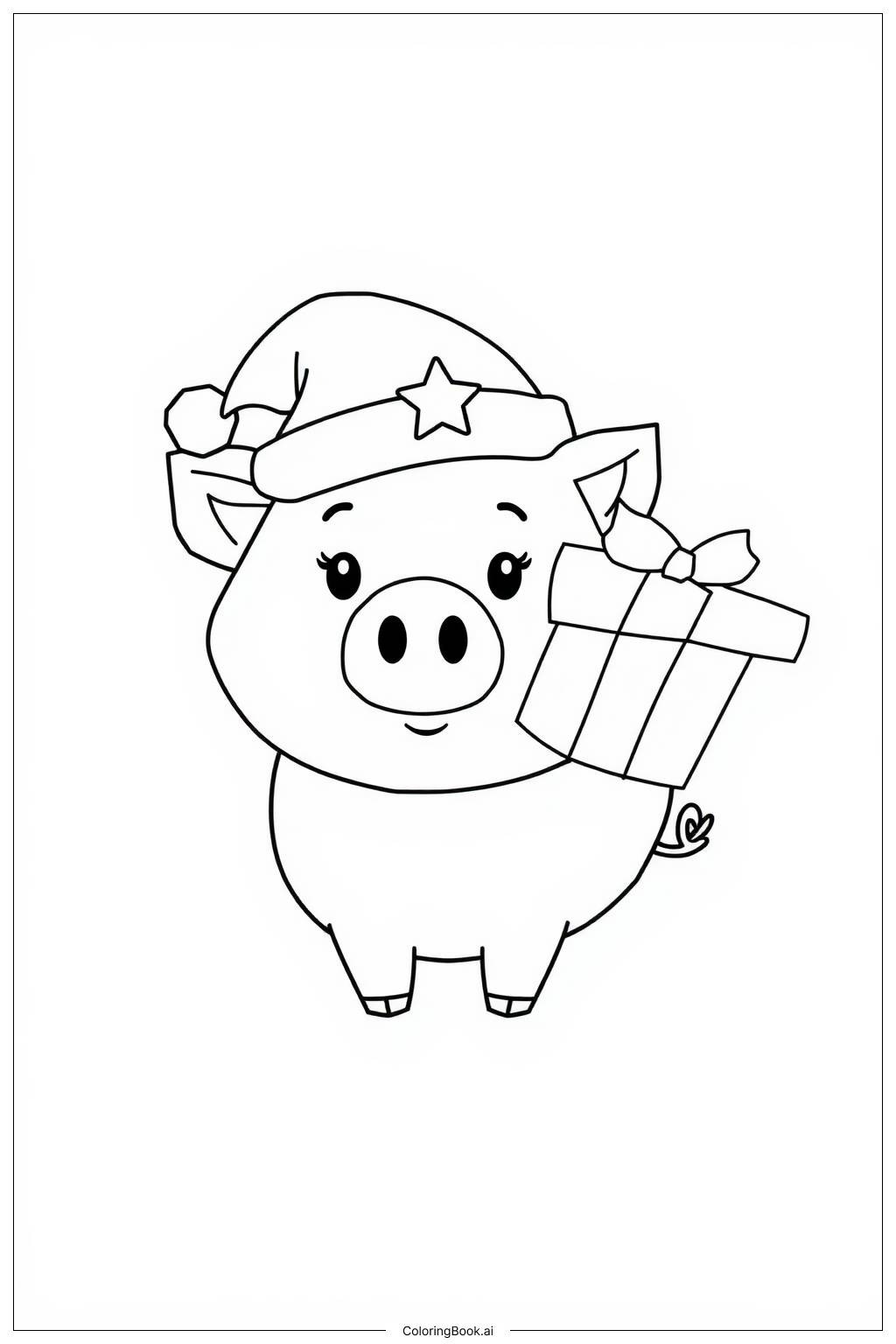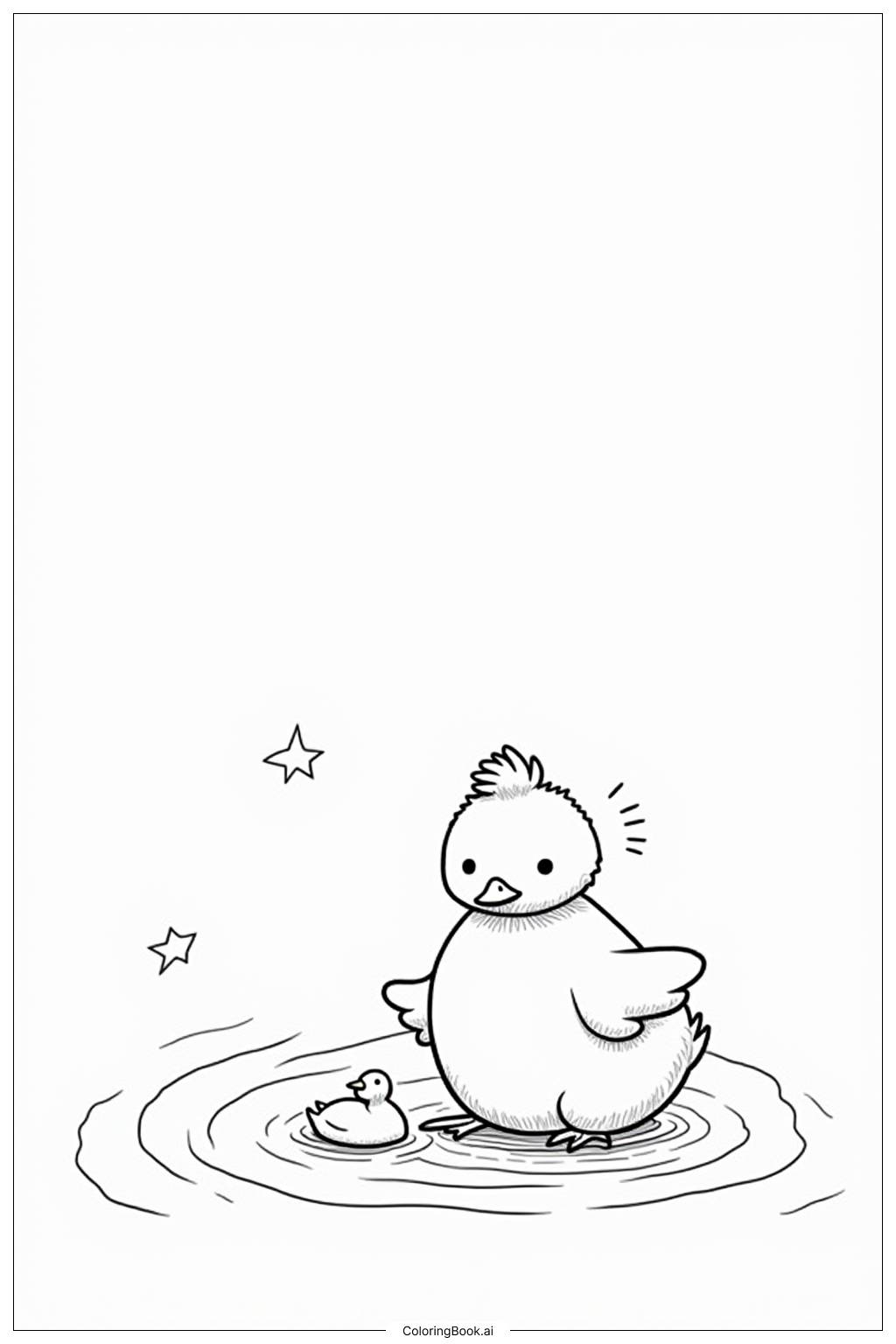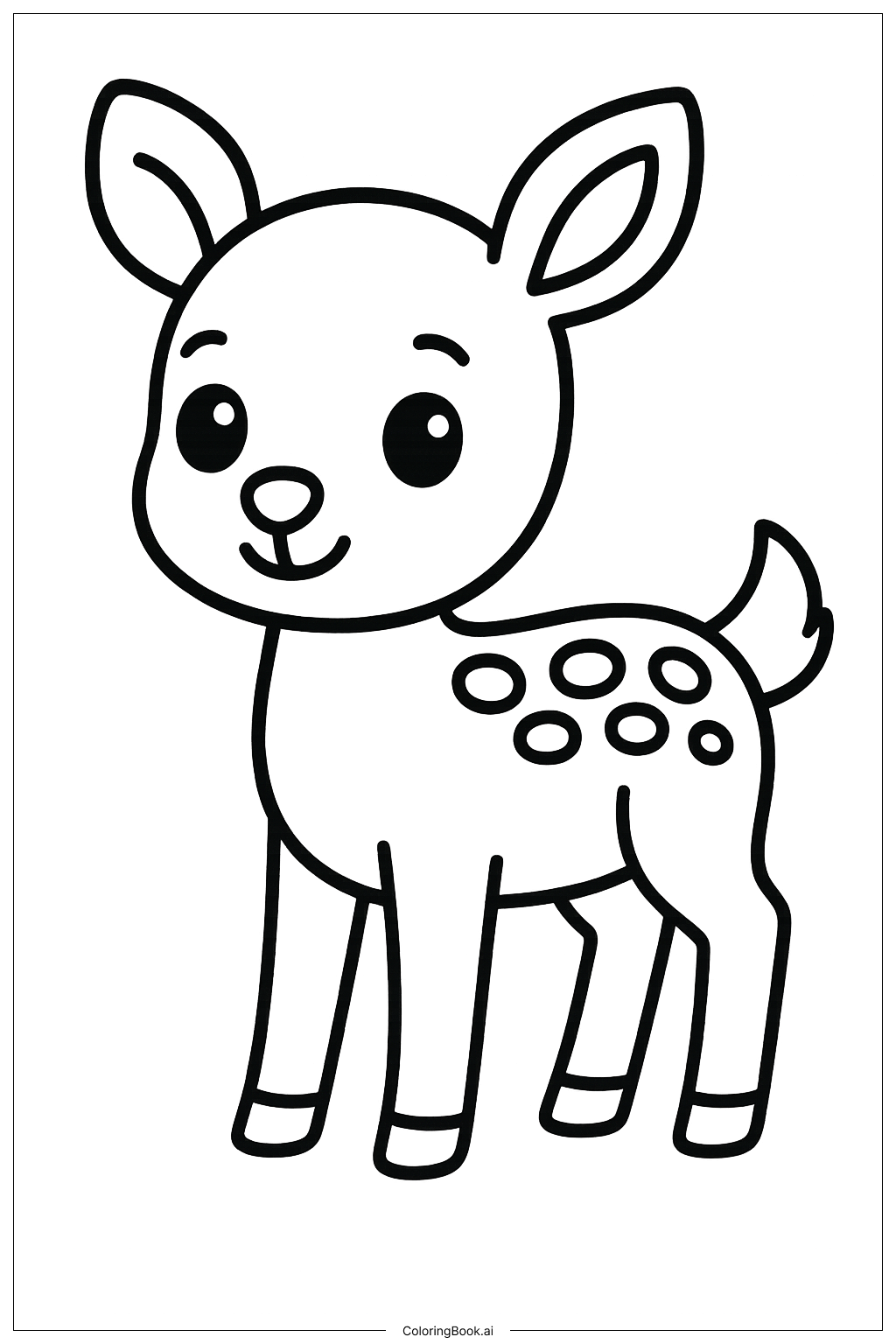Coloring tips: How to color Stegosaurus Skeleton In A Museum coloring page well?
Use natural colors for the dinosaur bones, such as shades of beige, gray, or light brown. The plates on the back can be colored in darker shades to stand out. For the museum platform, ropes, and columns, use neutral tones like white, light gray, or sandstone colors. You can also add some shading effects to make the skeleton look more three-dimensional and realistic.
Coloring challenges: Which parts are difficult to color and need attention for Stegosaurus Skeleton In A Museum coloring page?
1. The many small bones and detailed plates require careful coloring inside the lines, which can be challenging for younger children.
2. The overlapping bones and tight spaces may be hard to color without mixing colors accidentally.
3. The base and ropes around the platform have fine lines that need patience to color neatly.
4. Adding shading or texture to make the skeleton look realistic may be difficult without guidance.
5. Coloring the tall museum columns requires long strokes and even color application to look smooth.
Benefits of coloring books: Advantages of drawing Stegosaurus Skeleton In A Museum coloring page
Coloring this Stegosaurus skeleton helps children learn about dinosaurs and fossil displays in museums. It encourages attention to detail as they color the complex bone structures. This activity improves fine motor skills and hand-eye coordination. It also sparks curiosity about history and science, making learning fun and creative.
